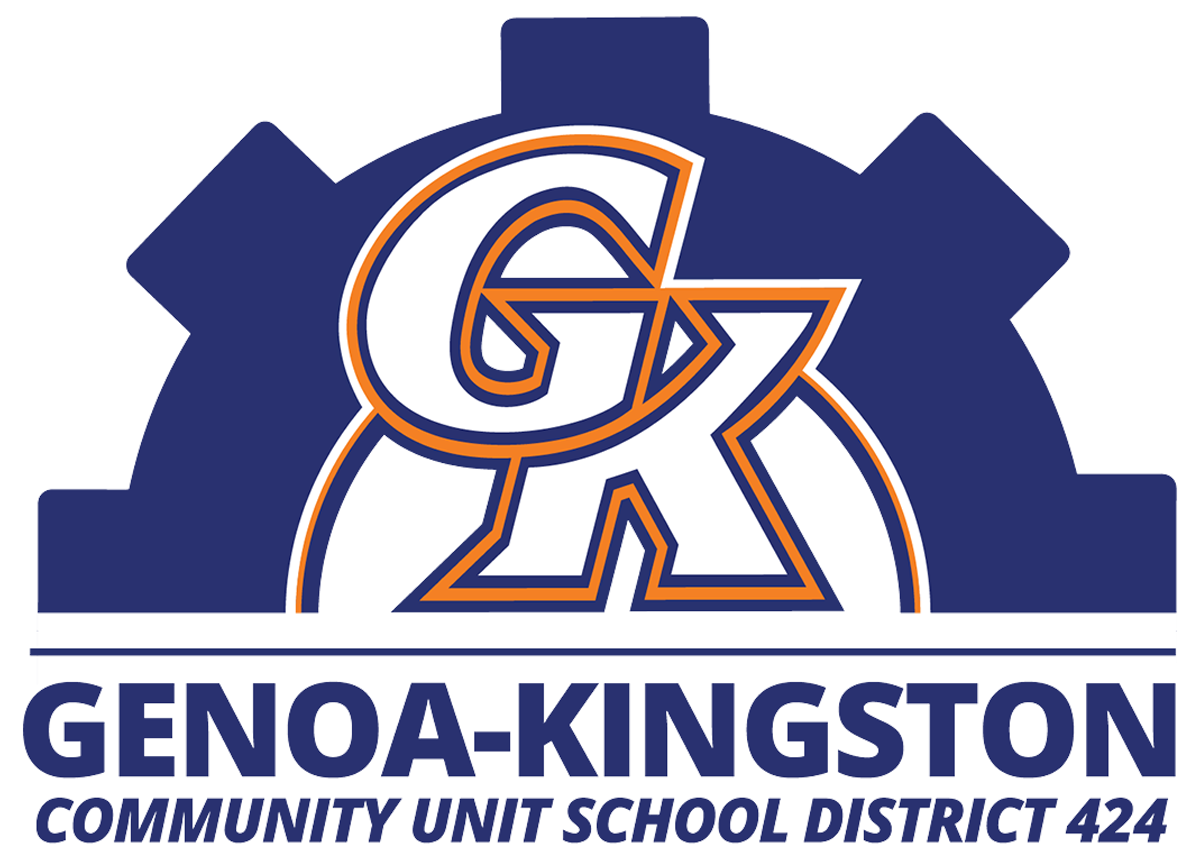In the dynamic landscape of education, Genoa-Kingston middle school students are taking part in Project Lead The Way (PLTW) Automation and Robotics classes. Focused on equipping them with essential skills for the future, this program takes a multi-year approach. By building on a solid foundation in sixth and seventh grade, the GKMS STEM curriculum allows eighth grade students to synthesize what they have learned to generate automated devices.
In the sixth grade, students dive into the world of coding using Scratch Desktop, a versatile program for creating simple coding projects. Students learn the importance of scripting before animating, a crucial step in understanding coding concepts. They add sprites (2D images that are used within a scene) to their animations, to express scientific concepts through sequenced dialogue.
The teaching approach emphasizes flexibility. Understanding that students won't retain everything at once, they are encouraged to seek help from peers before turning to their teacher. In this collaborative teaching method a group or individual student is taught, and then they, in turn, assist their classmates in grasping the concepts.
I n seventh grade, students transition to a more advanced software, Inventor Professional, an engineering program for 3D design. The curriculum introduces a formative approach, allowing students to explore open-ended design problems. They navigate the design process independently, applying the skills acquired in sixth grade. By the end of the seventh grade course they attempt to solve real-world challenges.
n seventh grade, students transition to a more advanced software, Inventor Professional, an engineering program for 3D design. The curriculum introduces a formative approach, allowing students to explore open-ended design problems. They navigate the design process independently, applying the skills acquired in sixth grade. By the end of the seventh grade course they attempt to solve real-world challenges.
One notable group of students was working on a problem in the band room - a percussion stick bin. The problem was that percussion sticks are usually stored in a relatively messy way. These students were working on a design to hold the sticks in one place in a more organized way. This client-based problem-solving approach not only hones their technical skills but also instills a sense of responsibility and creativity. Depending on the project size, students are able to 3D print their projects for use.
Building on the coding foundation in sixth grade and designing static objects in seventh, eighth-grade students are ready to take on automated robotics projects. This course culminates in building and programming a car to go a specific distance within a set time.
Students write the code, send it to the robot's "brain," and initiate the process with a button press. To add complexity, a sensor is added to make the car stop at a specific red line. Creativity is encouraged in the design of the cars, as long as they meet the challenge of crossing the red line within four seconds.
A crucial por tion of the class is to understand geared mechanisms. Students learn that ordering input and output gears by their sizes will increase speed and decrease torque, allowing them to experiment with gear ratios. One group of students successfully reduced the weight of the car and changed the gear ratio, achieving an impressive time of 3.38 seconds. This accomplishment showcases skills acquired throughout their PLTW journey.
tion of the class is to understand geared mechanisms. Students learn that ordering input and output gears by their sizes will increase speed and decrease torque, allowing them to experiment with gear ratios. One group of students successfully reduced the weight of the car and changed the gear ratio, achieving an impressive time of 3.38 seconds. This accomplishment showcases skills acquired throughout their PLTW journey.
The middle school PLTW Automation and Robotics classes are not just about learning individual skills; they are about developing future innovators. From coding basics to 3D design and automation, students progress through the curriculum that encourages problem-solving, collaboration, and creativity. These students are not only armed with technical proficiency but also with the ability to apply their knowledge to real-world challenges, setting the stage for a future generation of STEM leaders.

